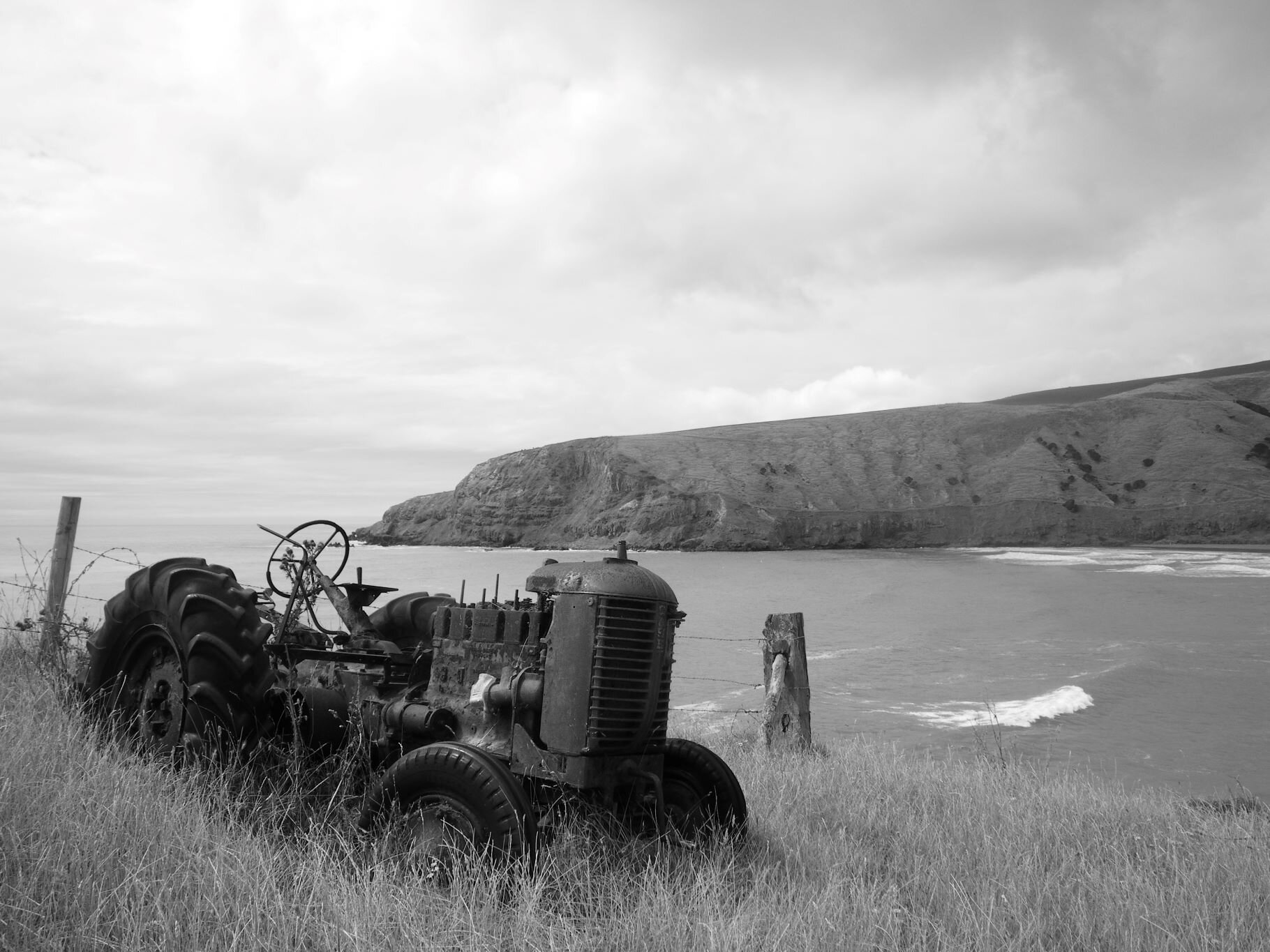
EUROPEAN
Banks Peninsula underwent rapid European colonization in the 19th and 20th centuries, marked by distinct periods of land use: whaling, forestry, cocksfooting, dairying, and pastoral farming- still evident in the landscape today. Each of these periods impacted the environment and landscape. However, the 1850’s-onward forestry and deforestation led to dramatic changes in the landscape, with the wholesale cutting of the old-growth forest. The near total removal (by 1900) of the indigenous forest, through both burning and timber harvesting, spelled the end of the timber industry and cleared the way for the settlers who followed with dairying and cocksfooting, and, later, sheep and cattle farming, which continues in the landscape today.
Of unique significance is the French Settlement at Akaroa. After an earlier purchase in 1838, French representatives came to Akaroa with the goal of establishing a settlement. However, prior to their arrival, Te Tiriti O Waitangi had been signed and New Zealand by then, was a British Colony. The French emigrants were allowed to settle in Akaroa, creating the foundations for the French heritage and architectural significance of Akaroa today.
